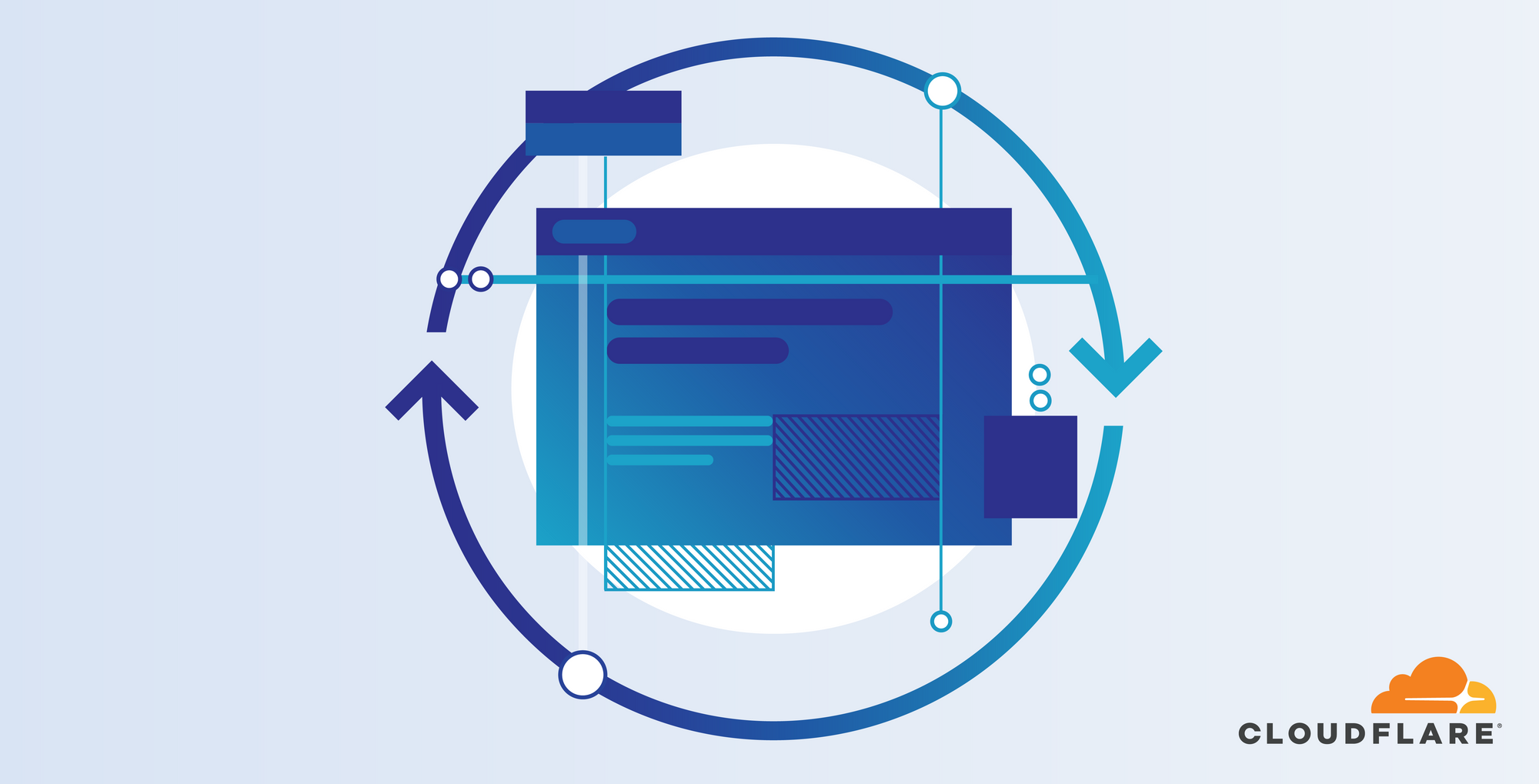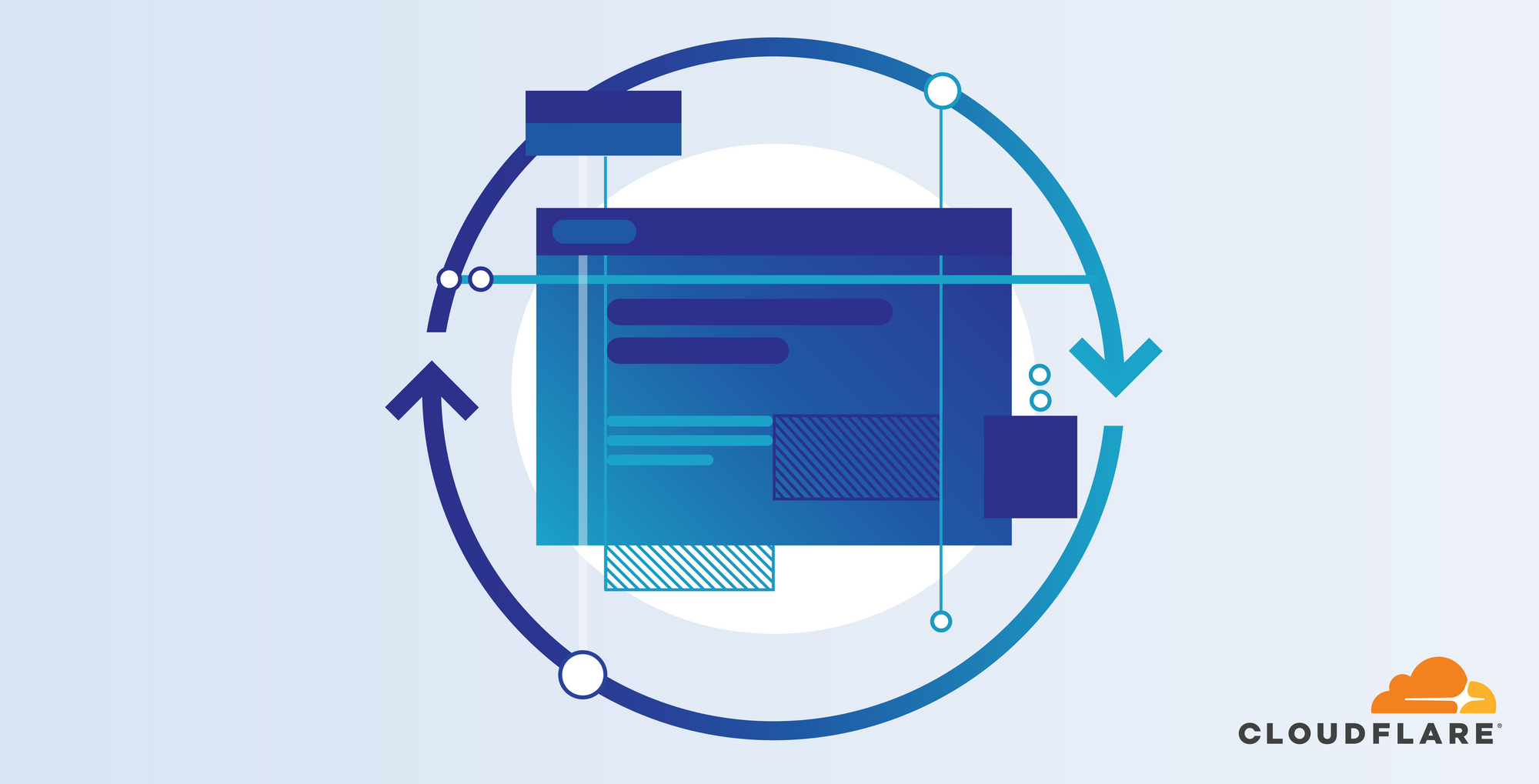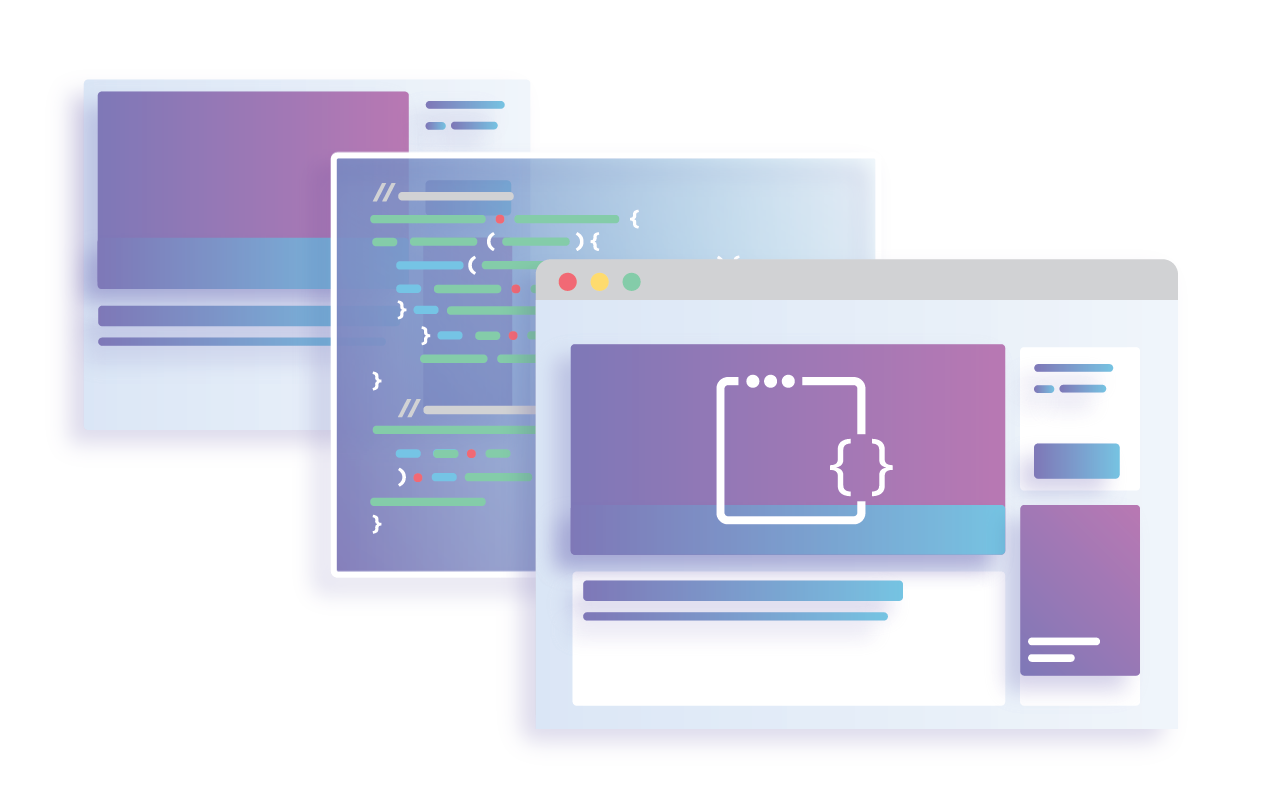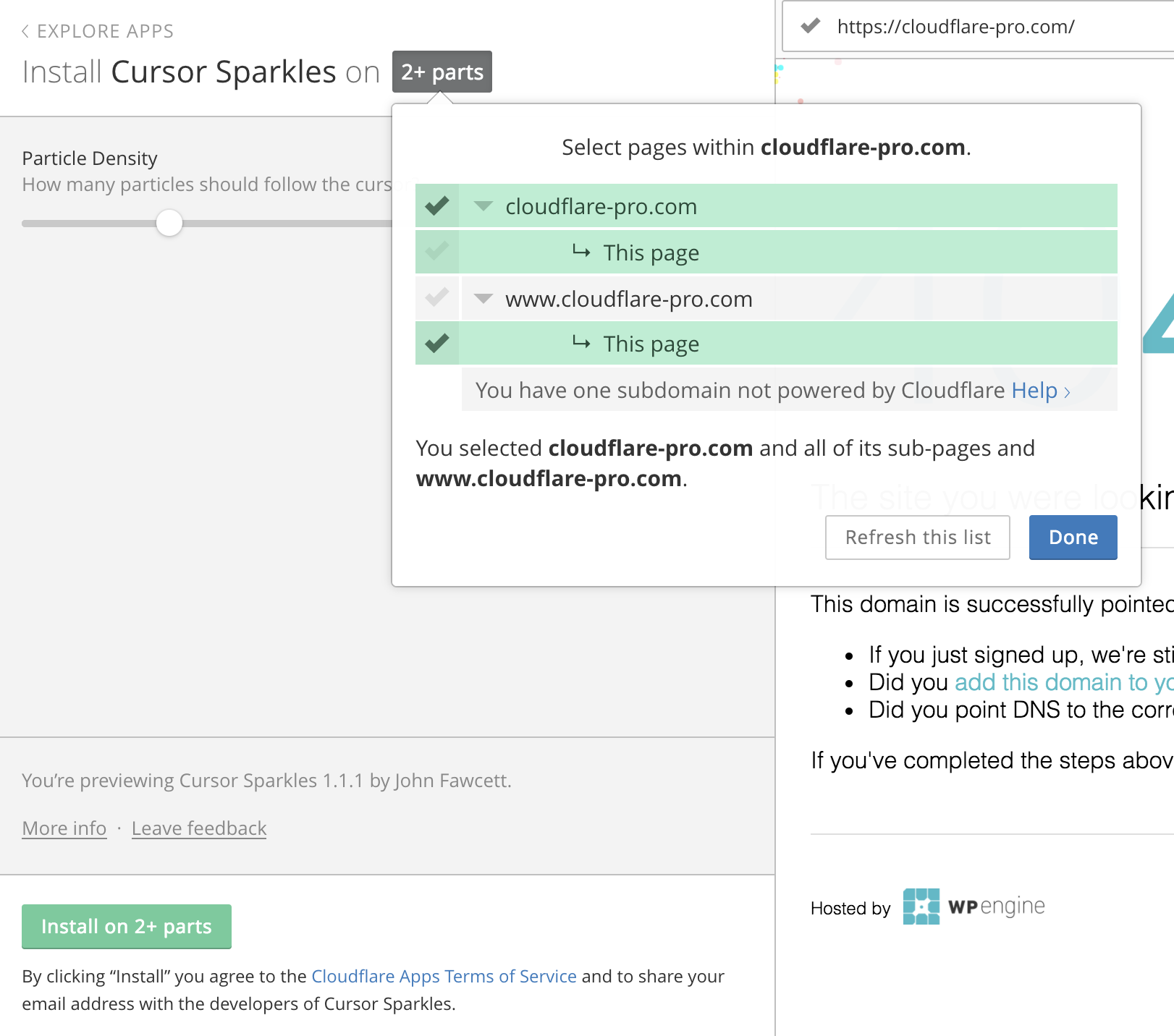Author Archives: Victoria Bernard
Author Archives: Victoria Bernard


I am an engineer that loves docs. Well, OK, I don’t love all docs but I believe docs are a crucial, yet often neglected element to a great developer experience. I work on the developer experience team for Cloudflare Workers focusing on several components of Workers, particularly on the docs that we recently migrated to Gatsby.
? We’ve moved the Cloudflare Workers docs to @gatsbyjs
— Cloudflare Developers (@CloudflareDev) March 4, 2020
The new documentation is...
?♀️ faster
⭐️ more accessible
? a perfect foundation for the redesign later this year
?️ open-source
shout out to @exvuma for this incredible work ??https://t.co/k3huvCvash pic.twitter.com/MBWxVtlrin
Through porting our documentation site to Gatsby I learned a lot. In this post, I share some of the learnings that could’ve saved my former self from several headaches. This will hopefully help others considering a move to Gatsby or another static site generator.
Prior to our migration to Gatsby, we used Hugo for our developer documentation. There are a lot of positives about working with Hugo - fast build times, fast load times - that made building a simple static site a great use case for Hugo. Things started to Continue reading

Node.js allows developers to build web services with JavaScript. However, you're on your own when it comes to registering a domain, setting up DNS, managing the server processes, and setting up builds.
There's no reason to manage all these layers on separate platforms. For a site on Cloudflare, these layers can be on a single platform. Serverless technology simplifies developers' lives and reframes our current definition of backend.
In this article I will breeze through a simple example of how converting a former Node server into a Worker untangled a part of my teams’ code base. The conversion to Workers for this example can be found at this PR on Github.
Cloudflare Marketplace hosts a variety of apps, most of which are produced by third party developers, but some are produced by Cloudflare employees.
The Spotify app is one of those apps that was written by the Cloudflare apps team. This app requires an OAuth flow with Spotify to retrieve the user’s token and gather the playlist, artists, other Spotify profile specific information. While Cloudflare manages the OAuth authentication portion, the app owner - in this case Cloudflare Apps - manages the small integration service that uses the Continue reading

Let’s pretend I own a service and I want to grant other services access to my service on behalf of my users. The familiar OAuth 2.0 is the industry standard used by the likes of Google sign in, Facebook, etc. to communicate safely without inconveniencing users.
Implementing an OAuth Authentication server is conceptually simple but a pain in practice. We can leverage the power of Cloudflare Worker to simplify the implementation, reduce latency, and segregate our service logic from the authentication layer.
For those unfamiliar with OAuth, I highly recommend reading a more in depth article.
The steps of the OAuth 2.0 workflow are as follows:

In July 2016, Cloudflare integrated with Eager - an apps platform. During this integration, several decisions were made to ensure an optimal experience installing apps. We wanted to make sure site owners on Cloudflare could customize and install an app with the minimal number of clicks possible. Customizability often adds complexity and clicks for the user. We’ve been tinkering to find the right balance of user control and simplicity since.
When installing an app, a site owner must select where - what URLs on their site - they want what apps installed. Our original plan for selecting the URLs an app would be installed on took a few twists and turns. Our end decision was to utilize our Always Online crawler to pre-populate a tree of the user’s site. Always Online is a feature that crawls Cloudflare sites and serves pages from our cache if the site goes down.
The benefits to this original setup are:
1. Only valid pages appear
An app only allows installations on html pages. For example, since injecting Javascript into a JPEG image isn’t possible, we would prevent the installer from trying it by not showing that path. Preventing the user from that type of Continue reading